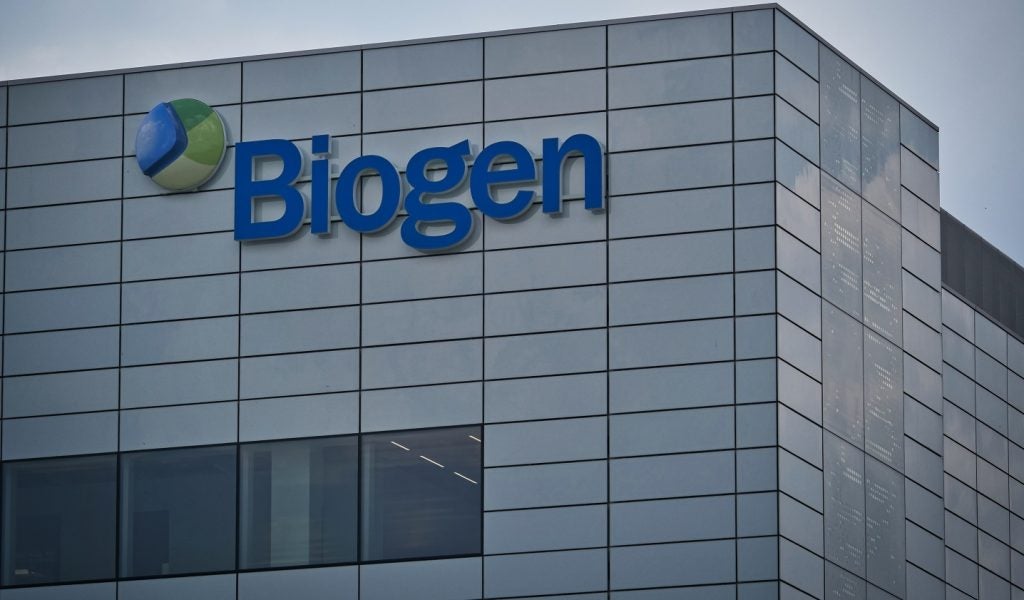
Biogen Idec and Sangamo BioSciences have entered into an exclusive worldwide collaboration and licensing agreement to develop new therapeutics for haemoglobinopathies, inherited conditions that result from the abnormal structure or underproduction of haemoglobin.
The deal will allow Biogen Idec to further improve its expertise in non-malignant haematology by using Sangamo’s zinc finger nuclease (ZFN) genome-editing technology platform to develop treatments targeting sickle cell disease (SCD) and beta-thalassemia.
Biogen Idec executive vice-president of research and development Douglas Williams said the deal with Sangamo would help the company in expanding its capabilities to develop treatments for people with serious, inherited hematologic conditions.
"Building upon emerging science related to fetal hemoglobin regulation, we intend to develop Sangamo’s novel gene-editing technology to create a single approach that has the potential to functionally cure both sickle cell disease and beta-thalassemia," Williams said.
The company said that Sangamo’s ZFN technology, which provides multiple pathways to treat SCD and beta-thalassemia, can be used to precisely target and knock out major regulators of gene expression, or can be used to precisely insert a new corrective gene to replace the defective copy.
See Also:
Sangamo president and chief executive officer Edward Lanphier said: "This alliance is further validation of our ZFP platform as a transformative technology and accelerates our goal of developing a novel class of therapeutics, which has the potential to revolutionise the treatment of genetic diseases."
How well do you really know your competitors?
Access the most comprehensive Company Profiles on the market, powered by GlobalData. Save hours of research. Gain competitive edge.

Thank you!
Your download email will arrive shortly
Not ready to buy yet? Download a free sample
We are confident about the unique quality of our Company Profiles. However, we want you to make the most beneficial decision for your business, so we offer a free sample that you can download by submitting the below form
By GlobalDataAs part of the deal, Sangamo will take care of all research and development activities through the first clinical proof of concept trial in beta-thalassemia, and both companies will perform activities to enable submission of an investigational new drug (IND) application for SCD.
Biogen Idec will oversee worldwide clinical development and commercialisation of products being developed as part of the alliance.
Sangamo will also retain an option to co-promote any licensed product to treat SCD and beta-thalassemia in the US.
Under the deal, Biogen Idec will provide Sangamo with an upfront payment of $20m and will reimburse Sangamo for its internal and external research and development programme-related costs.
In addition, Sangamo may also receive additional payments of about $300m based on the achievement of certain development, regulatory, commercialization and sales milestones, as well as double digit royalties on product sales.
A bone marrow transplant (BMT), of HSCs from a ‘matched’ related donor (allogeneic BMT) is curative for SCD and beta-thalassemia.
Howeve, this therapy is limited due to the paucity of matched donors and the significant risk of graft versus host disease (GvHD) after transplantation of the foreign cells.
By performing genome editing in HSCs that are isolated from and subsequently returned to the same patient, an autologous HSC transplant, Sangamo’s approach helps overcome the need for a matched donor, thereby the potential risk of acute and chronic GvHD.
Image: Normal blood cells next to a sickle-blood cell. Photo: courtesy of CFCF.





